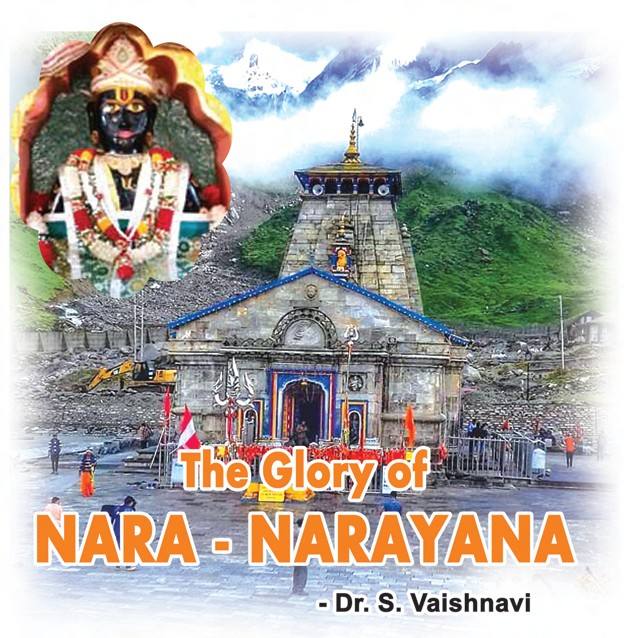Glory of Nara and Narayana The very first verses in ‘Jaya’ are usually recited after having bowed in obeisance before Narayana (Lord) and Nara, (the supreme human being), Goddess Saraswati and sage Vyasa as mentioned below. Narayanam namaskruthya naram chowa narothamama Deveem saraswatheem vyaasam thatho jayamudheerayet || The above verses convey that ‘I bow down Read More
Tag: Badrinath
The Descent of the Ganga
Legend – The Descent of the Ganga The legend of the descent of the Ganga is in the Bala Kanda of the Ramayana. The young princes Rama and Lakshmana are travelling with Sage Vishwamitra at his request to protect the Vedic rituals that he is conducting from demons that were constantly disrupting it. After this Read More
The 4 Abodes of Lord Vishnu (Char Dham)
The 4 Abodes of Lord Vishnu Lord Vishnu, who is the preserver among the Trimurtis is worshipped across India. Lord Vishnu takes Avatar (incarnation) to uplift the Dharma in this world. The Dashavataras are well-known and there are many famous temples related across India that pilgrims visit every year and get blessed by Lord Vishnu. Read More


